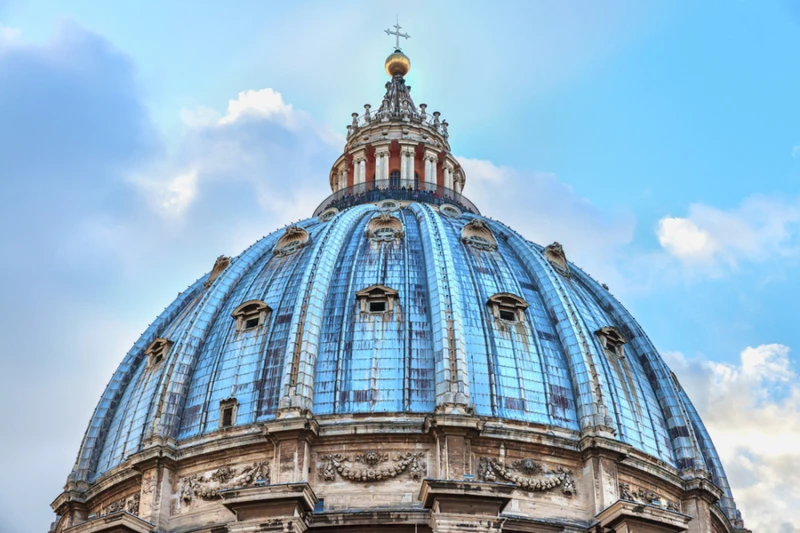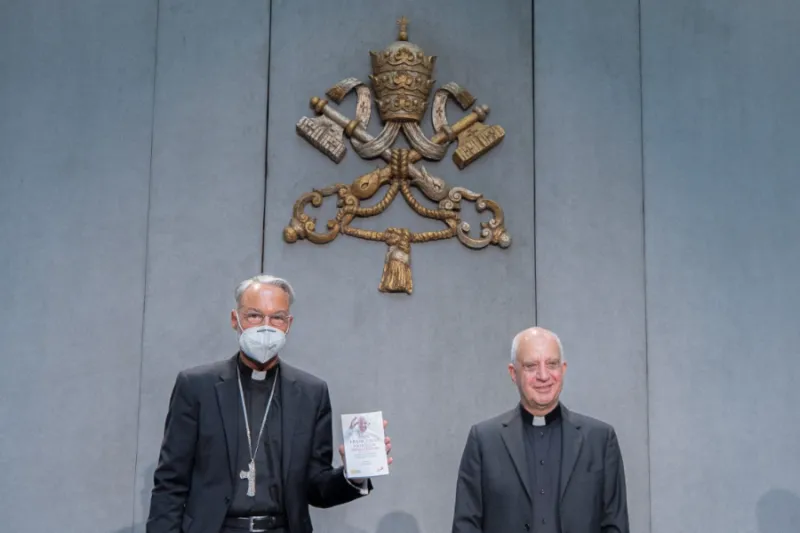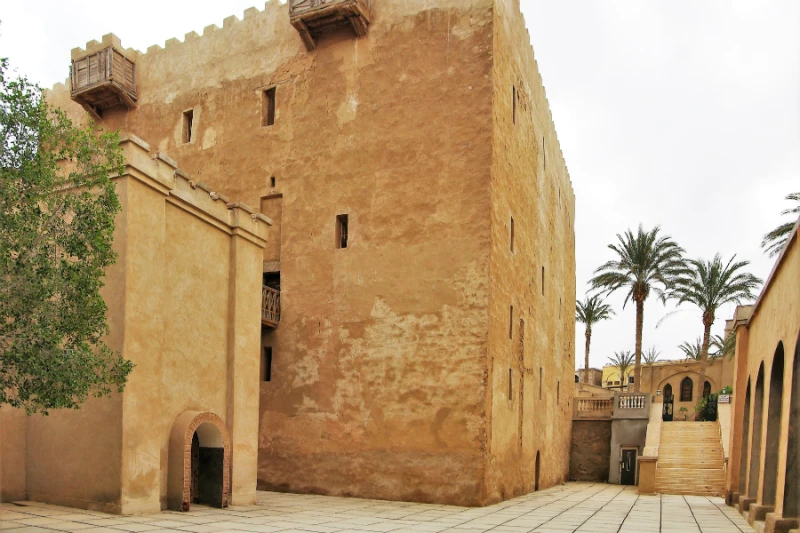
Vatican responds to bishops’ call to amend Church law on crimes against minors
 The dome of St. Peter’s Basilica. / Luxerendering/Shutterstock.
The dome of St. Peter’s Basilica. / Luxerendering/Shutterstock.
CNA Staff, May 11, 2021 / 09:00 am (CNA).
The Vatican has told the bishops of England and Wales that it is amending the Code of Canon Law so that “crimes against minors are considered under a different title than crimes against the obligations of celibacy on the part of clerics.”
The Pontifical Council for Legislative Texts shared the information in a letter dated April 19, responding to the English and Welsh bishops’ request for adjustments to canon law concerning clerical sexual abuse.
In the letter, addressed to bishops’ conference president Cardinal Vincent Nichols, it said: “After review of the information and recommendation Your Eminence submitted to this Pontifical Council, I am pleased to inform you that the concerns you have expressed have already been taken into consideration in the revision of Book VI of the 1983 CIC [Code of Canon Law], which is currently in process.”
“In the revised Book VI of the 1983 CIC, crimes against minors are considered under a different title than crimes against the obligations of celibacy on the part of clerics. The revised title will be ‘Crimes against the life, dignity and freedom of man’ and will include a canon that is specific to crimes against minors.”
The letter, received by Nichols on April 23, was signed by the Pontifical Council’s president Archbishop Filippo Iannone and secretary Bishop Juan Ignacio Arrieta.
The English and Welsh bishops made their request to the Vatican in a letter dated March 15.
The correspondence between the bishops and the Vatican was published on the bishops’ website on May 9. It was included in a 21-page document detailing how the Catholic Church has responded to the seven recommendations of a highly critical independent report on child abuse within the Church in England and Wales.
In the report, published on Nov. 10, 2020, the Independent Inquiry into Child Sexual Abuse (IICSA) urged the bishops to “request that the Holy See redraft the canonical crimes relating to child sexual abuse as crimes against the child.”
The recommendation related to Canon 1395 of the 1983 Code of Canon Law.
Under the subheading “Delicts against special obligations,” the second part of the canon says: “A cleric who in another way has committed an offense against the sixth commandment of the Decalogue, if the delict was committed by force or threats or publicly or with a minor below the age of sixteen years, is to be punished with just penalties, not excluding dismissal from the clerical state if the case so warrants.”
The English and Welsh bishops raised detailed concerns about the phrase “against the sixth commandment” — “contra sextum” in Latin — in their letter to the Vatican.
The letter, signed by Cardinal Nichols and bishops’ conference general secretary Canon Christopher Thomas, said that while the term “contra sextum” was part of canonical tradition, “it is no longer adequate to meet the demands of a contemporary canonical approach to sexual offenses against minors and their equivalent in law.”
The bishops suggested that the term was difficult to reconcile with other aspects of canon law, was only recently used by the Eastern Catholic Churches, and was a source of confusion for civil authorities.
Referring to a vademecum “on certain points of procedure in treating cases of sexual abuse of minors committed by clerics,” issued by the Vatican last year, the letter said: “It seems reasonable that the categories delineated in Section I of the Vademecum of 16 July 2020 could be used to formulate a delict [a crime in canon law] without making use of the term ‘contra sextum.’”
“The Bishops’ Conference feels that this would be a significant step to rectifying the very real problems and consequent misunderstandings that its officers are faced with when engaging with colleagues in the civil authorities.”
The English and Welsh bishops also asked that the “reformulated delict” be placed “into a discrete category of offenses against minors, and their equivalents in law, and their dignity.”
In their 21-page document, the bishops outlined how they were responding to IICSA’s six other recommendations, which included mandatory safeguarding training for those working with children or abuse victims and the publication of a national complaints policy related to safeguarding cases.
The document, dated April 30, was prepared by the Catholic Council for the Independent Inquiry into Child Sexual Abuse.
In an introduction to the text, council chair Nuala O’Loan, wrote: “The Catholic Church is committed to this work and will continue to develop its structures and processes so that the Church is a safe place for all who worship in, or engage in any way with, it.”
“This report marks a significant step on the continuous journey of improvement.”





